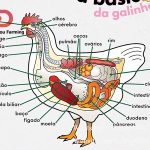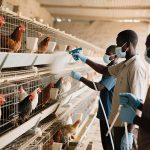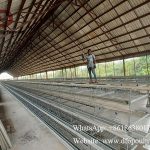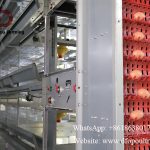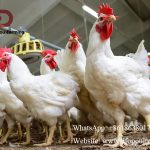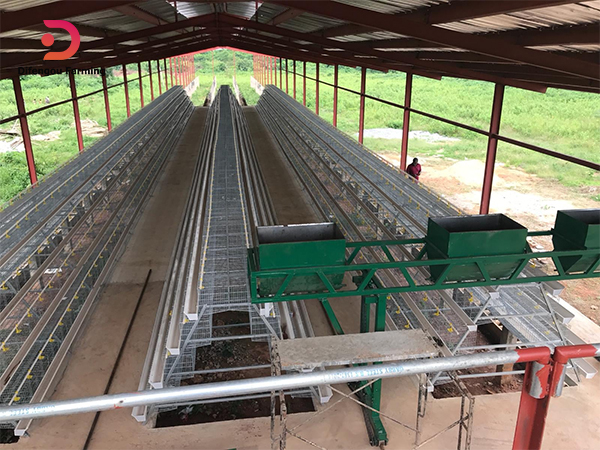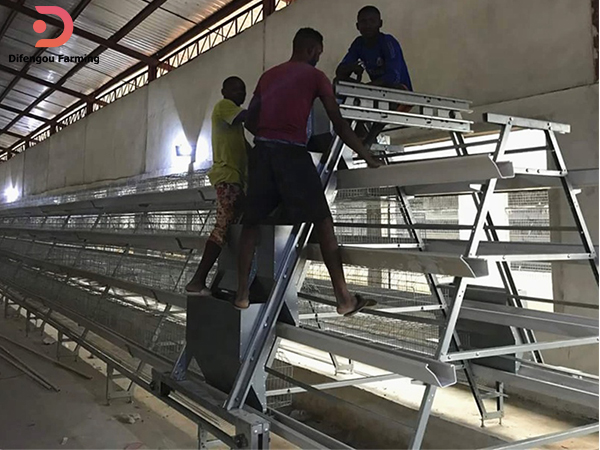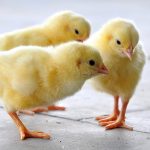Storage methods for chick feed in breeding cages
Chickens require a lot of effort from farmers during the breeding process, and the feed for chicks in the breeding cage is also a key point in raising chicks. So the selection of feed for raising chicks must have high nutritional value, and the quality and quantity of feed must meet the standards during feeding, which is conducive to the rapid and healthy growth of chicks. However, the storage of feed is another major issue, even if the best feed is not stored well, it is useless. The key points for storing feed in breeding cages are as follows:
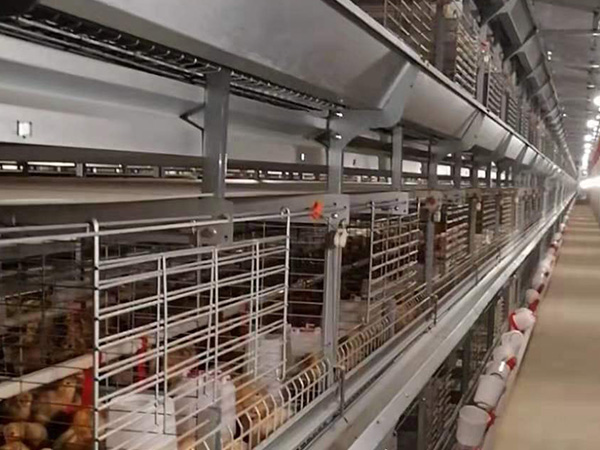
1. Temperature
The temperature inside the feed storage warehouse can affect the storage of feed. When the temperature is 15 ℃ or below, some pathogenic microorganisms multiply slowly or even stop. But when the temperature inside the warehouse reaches around 29 ℃, the proliferation of pathogenic microorganisms is very fast. So when storing feed, farmers must pay attention to changes in temperature. If farmers find insect infestations, they can use fumigation to disinfect and exterminate them.
2. Humidity
The change in humidity inside the warehouse can also affect the storage level of feed. With the progress of humidity, mold rapidly proliferates, causing both temperature and humidity in the warehouse to increase. As a result, mold and sour flavors appear one after another, and the humidity should be controlled below 65%.
3. Illumination
External light can affect the consumption of nutrients in feed, and nutrients in feed are often mutated or accelerated by light. Light has a catalytic effect on feed changes. Long and prolonged exposure to light can affect the oxidation of fat in feed and damage fat soluble vitamins. Protein in feed also undergoes metamorphosis due to light exposure.
4. Oxygen
Farmers should pay attention to the fact that oxygen in the air can oxidize fat in their feed, which can seriously affect the biological value of proteins and damage certain vitamins, not only affecting nutrition but also reducing palatability.
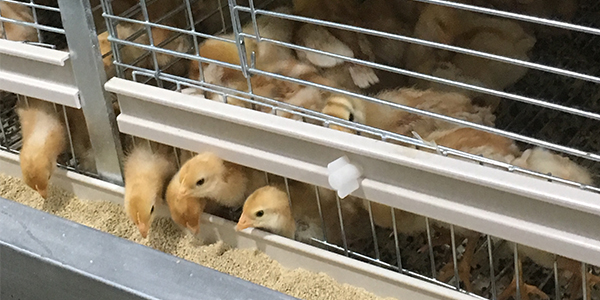
5. Microorganisms
The mold, bacteria, and yeast in the air may rapidly multiply due to changes in the warehouse environment, reducing the utilization of raw materials, and may also cause poisoning due to toxins.
6. The characteristics of the raw materials themselves
For example, fineness, pH value, integrity, uniformity, moisture content, maturity, etc., a moisture content of less than 13% in raw materials can inhibit the growth of most microorganisms, while a moisture content of less than 10% can reduce the occurrence of insects.
7. Warehousing equipment
Farmers must not only pay attention to the breeding of chickens, and the quality of feed is also important. It is advocated that farmers should not purchase too much feed at once to ensure the freshness of the feed. Also, pay attention to the control of insects and mice in the warehouse, ventilation, warehouse turnover, and first in, first out work.

